Compared to the recent CB300 — a short, fast race in which top teams take only the mandatory rests, and cumulative run-times between checkpoints is all that matters — the YQ1000 is a far more complicated race to follow. Here are a few things to know if you’re new to the race, or to remind yourself of if you’re a veteran armchair musher:
The YQ1000 is a very long race: From start to finish, the race will take teams about 10 days to run. Different mushers have very different race strategies, and these can take several days before they start becoming apparent. Depending on their training regimens and the nature of their dogs, some mushers will make longer runs and take longer rests while others will run/rest in shorter increments. As a result, there can be many, many changes in position along the way. Where a team is in the overall string along the trail is somewhat informative of performance, but the order of teams in short geographic stretches often doesn’t mean much.
The YQ1000 is all about “energy management”: According to Dr. Mike Davis (probably the world’s leading authority on sled dog physiology) sled dogs experience “depletion” during the first 2-3 days of a race. That is, they expend more energy in action than they replace with food and rest. Somewhere at the 2-3 day mark, something magical happens in the dogs’ physiology which switches them to a “maintenance” energy profile. They start to more efficiently convert their caloric intake to energy output and maintain their strength and stamina. This “switch” is what enables high-performance sled dogs to “run forever” once they are in “maintenance” mode. The tricky part is that this switch only happens if the dogs do not get too depleted in their first 2-3 days of running. If their metabolisms get too run down at the start, the switch either doesn’t happen or it doesn’t happen soon enough to be effective. Top mushers know all about this “energy management” equation and must constantly battle their desire to “get out front” with the need to “pace themselves” early on. Going too far too fast in the early stages will diminish their late-race performance, but holding back more than is necessary also hurts their overall time. Mushers will get the absolute best performance out of their teams when they walk the razor’s edge between the two.
The YQ1000 is always full of surprises and hazards: Any veteran YQ1000 musher will tell you that they never know what they’re going to encounter on the trail. Weather can change from clear, calm and mild to absolutely hellish in a heartbeat. River crossings can be easy as you please to life-threatening open-water disasters. Mountains are never easy to summit, but sometimes they can be so difficult that they crush a dog team’s spirit and ability to go on. Running through so much remote wilderness, it is easy to lose the trail and take wrong turns that waste great amounts of time and energy. This can also undermine the dogs’ enthusiasm and trust in the musher, with devastating effects on performance. All of these factors are why veteran mushers will tell you that they need a certain amount of luck to win the YQ1000. Attitude, appetite and ability are all essential for a winning team, but simple bad luck can make all the difference in the end.
There’s a lot more to running the YQ1000, of course, but those are probably the top three factors to keep in mind for now. In closing, let me offer three more suggestions to enhance your armchair mushing experience:
Pace yourself! It’s a long race. Practice your own “energy management.” Get up from the computer. Take your dog for a walk. Teams will be on the trail for days to come. You’ll have plenty of time to catch up later. Get some sleep. Stay hydrated. Armchair mushing can be exhausting!
Don’t jump to conclusions! Just because you see on the GPS that a team is ahead or behind at any given moment doesn’t necessarily mean anything. Trail position becomes more predictive of results the closer teams get to the finish, but at least until the 36-hour rest at the half-way point in Dawson it doesn’t mean much at all.
Get some skin in the game! Sled dog racing is a very expensive sport. Except for the very few top finishers, prize money (if any) doesn’t come close to covering the costs of racing. Putting on the YQ1000 is an extraordinary, expensive endeavor. Corporate sponsors are very generous, but individual contributions are always needed. Send a few bucks to your favorite teams and to the YQ. Chip in to support the SPOT tracking that you know you’re hitting the refresh button on a million times a day. Getting some skin in the game will make armchair mushing even more exciting!
I’ll be keeping my eye on the race, of course, and will sound off from time to time when circumstances warrant. Meanwhile, have fun… and GO SPK!


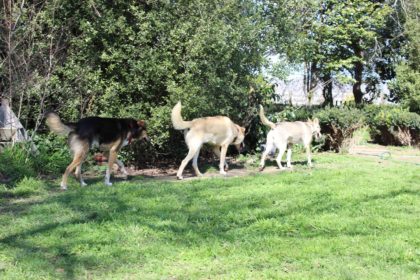
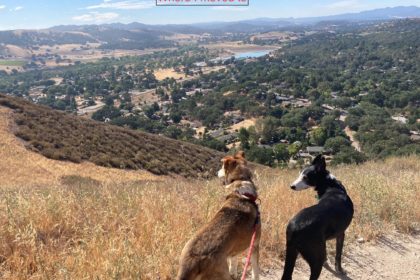
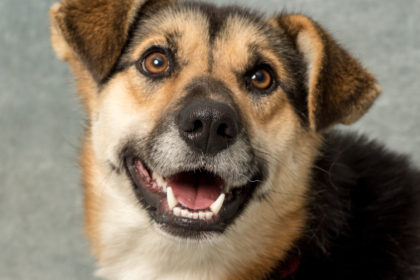
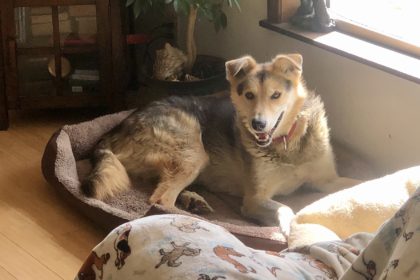
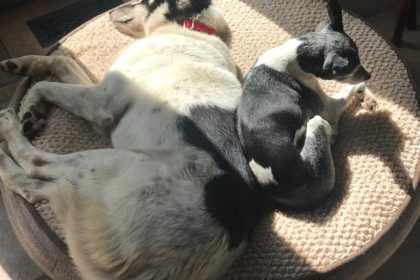


Thanks Macgellan!!!
Always great to get your perspective and wise tips!!!
Sincerely,
Margaret
Oh Mac you are the wise one! thanks for keeping us on track. Now run doggies let your mushers bring you on a wonderful journey.
Padee
Fairbanks
The best! thank you so much for this. I am getting out my wallet again. Great tips for all of us armchair mushers. Today may be easier to manage to pace myself since there is another performance to watch – all those superbowl ads. Strength to the teams!
Great article and insight! I usually get caught at work checking on the live tracker and at least I have my co workers also rooting for all SPK athletes!
Thanks for the sage advice. Getting ready for the long haul, here in Littleton Colorado! Go SPK!
Well said! Should be required reading for all who follow the race online.
Thanks, that is a great race outline/summary and really helps this armchair fan. Cheering on SPK from Montana!!!!!
Thanks for is wise info Macgellan!! Go Mac Go and all Red
and Black Teams!
Thank you very much for posting this overview. I especially tuned in on the `Energy management' paragraph. If you know of any books or atricles that Dr. Davis has written, would you be able to me a link at woodwind841@gmail.com. Best wishes to both of these outstanding Teams!
Thank you,
w.r.w.
(Delaware)
Excellent ! Thanks Macgellan for a very informative post especially for these oversea's armchair mushers …..Denali and l will follow your strategy 😊⚫️🔴🇦🇺
Great Armchair mushing advice. And fascinating info on the 2-3 day depletion in sled dogs. I watched a documentary on Iditarod a while back and Mike Davis talked some about the physiology of sled dogs and his research. A lot of it was way over my head, but it's nice to hear you put it into perspective with an actual race. I think it was his research team that did the study at SPK a few years back correct? And an SPK post here last summer directed us back to that archive. Very cool bits of information. Thanks.
Okay, whew! Thanks for reining me in Macgellan! I know better than get too excited before Dawson but… its HARD not too!
Hey Mac,
Have you taught HAPPY to hit the refresh button yet?
Ah…..Macgellan….your insight is…well….a "light bulb" moment to us Fans….you explain it as only Macgellan can, and MUCH apprecited!! Yes…..it's a little hard to figure out things at this moment in time….so I'm more interested in the "hard" facts….rest and run is a strategy I'm not privy to…..but topography…..I'm all over that!! I love maps!! Yes…skin in the game…if we had to pay 5 cents per refresh I bet we would run up quite a bill…..point well taken…..I will do my part!! LOL….it's super bowl Sunday and to me it's not Broncos and Panthers……it's Huskys and Mushers working TOGETHER……sure I'll watch the game but the ONLY sport I live, love and breath is Sled Dog Racing….and we are in the first phase of "our Super Bowl"!! It's all about Team work….Musher and their Dogs…..it's an individual sport yet competitive…..an interesting mix….AND I for one LOVE IT!! You go SPK…..we love you!!
Thanks so much Macgellan for a great instructive & informative post. I always enjoy your posts.